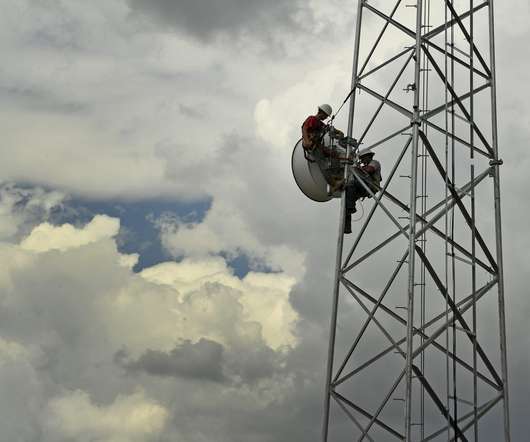Millions of Students Are Still Without WiFi and Tech—Why Haven’t Policymakers Stepped Up?
Edsurge
JUNE 11, 2021
1560 , and proposed adding sections designed “to close the digital divide in California.” The FCC’s E-Rate program , a K-12 broadband subsidy, provides methods for districts and libraries to acquire discounts on WiFi connectivity. Jennifer E. For instance, prior to COVID-19, Section 12100.8


























Let's personalize your content